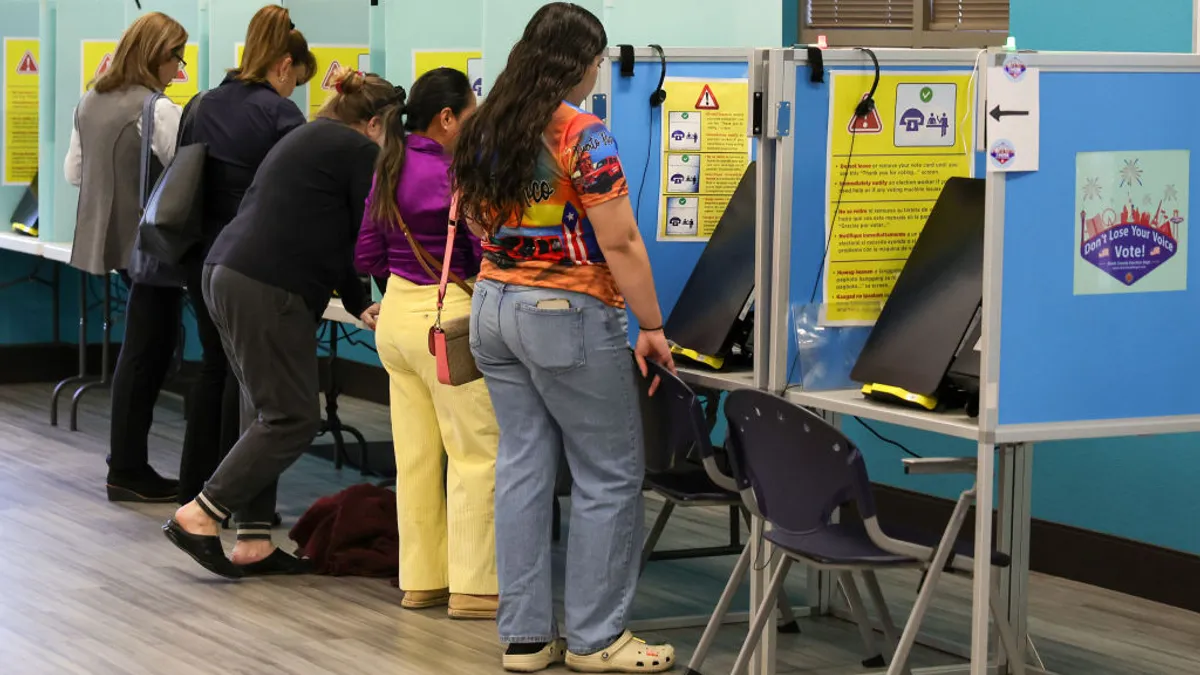Julian Clayton lost over half of his business during a single day in 2008.
Then vice president of IT for Crescent Construction, a North Carolina-based regional building commissioning contractor, Clayton was one of legions of AEC professionals who witnessed subprime mortgage defaults pulverize the construction and real estate industries during the Great Recession. Like many who lived to tell about it, Clayton decided that survival wasn’t about getting more business, but getting smarter and more efficient with the business that remained.
Clayton’s answer was to create PunchList, a purpose-built app for iPad to streamline field technician reporting and accelerate the close-out of projects by replacing paper and Excel punch list management with a digital, mobile solution. Recognized as one of the first, professional-grade apps for the construction industry (and even profiled by Apple as an iPad business solution) PunchList has participated in the expansion of an entire category of closeout management applications for IoS and Android that use the camera and connectivity of mobile devices to speed the completion and approval of projects.
Whether standalone and purpose-built or tied to larger enterprise resource planning, accounting and project management systems, punch list management applications enable general contractors and subcontractors to update each other on the status of closeout items as a job is being completed. The mobile-enabled applications allow users to attach photos and documents to specific punch tasks, prioritize and sort tasks by contractor and cost, and otherwise compare project status and change orders against schedule and budget.
While convincing subcontractors to adopt the technologies has necessitated some user interface fine-tuning and a little tough love, users and vendors alike laud the applications for simplifying and compressing the punch list work flow, and see promise in the analytics made available by data captured during project completion.
A whole new list
Innovation of the punch list process was a long time coming. Clayton, for one, recalls using disposable cameras to document punch list tasks not so long ago, and other AEC firms now adopting punch list systems likewise testify to a workflow mired in paper list management and daily, end-of-day manual entry of project updates into Microsoft Excel spreadsheets.
"You’d build the list, you’d distribute the list, you’d argue about the list, and meanwhile no work would get done," Clayton said. "It was a pain for everyone and stretched out the entire process."
Tori Menold is the business process manager for Lansing, MI-based Granger Construction, a GC with $350 million in annual volume from projects across Michigan, Illinois, Indiana and Ohio. Menold worked in the field for nearly a decade before being charged last year with upgrading the company’s strategic IT investments. She said adopting punch list technology was at the top of her list.
"You’d build the list, you’d distribute the list, you’d argue about the list, and meanwhile no work would get done. It was a pain for everyone and stretched out the entire process."

Julian Clayton
Vice president of customer success for Fieldlens
"We were looking specifically to improve processes in the field, and while workflows have evolved over the past couple years to make projects more efficient, many of our subcontractors were still on Excel, so most of the technology we adopted this year has been for the punch list process," Menold said. After a vetting process of available systems, Granger implemented PlanGrid for project closeout and Canvas for similar field-reporting from safety supervisors.
While Granger might not be done with tech upgrades yet, Menold said the company "rolled out so much new technology that we were told to take a break and let people digest it all."
Granger has homed in on two business drivers necessary to any punch list and project management systems the company will look to adopt: subcontractor usability and enterprise resource planning (ERP) integration for data capture and analysis. Specifically, the firm is looking for apps that integrate with their project management and accounting software. Granger has also hired a third-party consultant to help the firm manage those integrations into a central repository of data for better business decisions.
Why subcontractor adoption is paramount
Field adoption, particularly among subcontractors, has been crucial to the success of punch list technologies that help to close out a project, and vendors say simple, intuitive user experience has been a key development in getting subs across a wide range of trades to leave Excel behind.
"If you are on a large-scale project with 30 different subcontractors, the last thing you need to do is take three weeks to train out on punch list software," said Mallorie Brodie, co-founder and CEO of Bridgit, which makes the Closeout mobile application. "If you can’t be up and running on these technologies in 48 hours, we’ve failed, because where usability is an issue, subs will immediately revert back to paper."
At Granger, attention to subcontractor usability during the vetting and app selection process has helped to ramp up field adoption, and contractual requirements for all subs to obtain licenses for the firm’s punch list applications have set expectations from the outset.
"The subs have embraced it a lot better than I thought they would," Menold said. "Seeing things visually with photos and updating status throughout the day rather than trying to remembering everything and doing Excel data entry at the end of the day definitely simplifies things for trade contractors." According to Menold, photo markup features and email and push notifications for urgent items also helps with punch list prioritization.
However, not all GCs are going the app route when it comes to punch list management, relying instead on functionality within project management platforms to complete closeouts, particularly as those systems are widely adopted and already act as a central repository of data for analytics and business intelligence.
For example, Dallas, TX-based Construction and Engineering firm C1S uses Procore as a concept to completion solution and finds punch list management capabilities comparable to what’s available via purpose-built apps. "It’s an ideal technology for helping with the punch list because it allows you to take pictures in the field and upload them, it works across various operating systems platforms, and is web-based so you can communicate with anyone on the team wherever they are," said Dustin White, C1S construction project manager.
The importance of visuals
Clayton said data capture is enabling GCs to dive deeper into punch list analytics and could provide additional project efficiencies by identifying opportunities to stay on schedule and under budget. Now the vice president of customer success for project completion app Fieldlens, Clayton said data capture will improve as long as applications continue to provide field efficiency to subs.
"In the past, we would all fill it out at the end of the day and hopefully remember everything and hopefully save it in the right place."

Tori Menold
Business process manager for Granger Construction
Because punch list applications rely on a high volume of photographic information, photo-recognition coupled with machine learning could be the next step in punch list analytics. Beta-partnerships like the one between Skanska USA and Smartvid.io to organize, analyze and mine photo, voice and video data in the field could provide a technology outlet to make punch apps even easier to use.
"The entire industry is visual, and we’ve found every punch list item added to our solution has a photo added to it. Machine learning is a big trend of where the industry is going, and we’re looking at it as we gather more photos," Brodie said. "If the system can begin to prepopulate fields and auto-assign tasks simply based on photo recognition, that could provide a speed to entry advantage to punch list technologies where you already want the process to consume as little time as possible."
Menold said Granger's subcontractors are likewise attaching photos with virtually every punch entry and update to PlanGrid, and the company's supervisors have found visual aids indispensable as they move punch list project management from an end-of-the-day recall exercise to a real-time, app-driven workflow. According to Menold, Granger's adoption of closeout apps has simplified the entire process for supervisors, trades and even project owners, who are accessing the app for RFIs and updates.
"In the past, we would all fill it out at the end of the day and hopefully remember everything and hopefully save it in the right place," she said. "This definitely speeds up the process of the cycle because you can create and update on the fly, which has affirmed our initial ROI analysis."





















